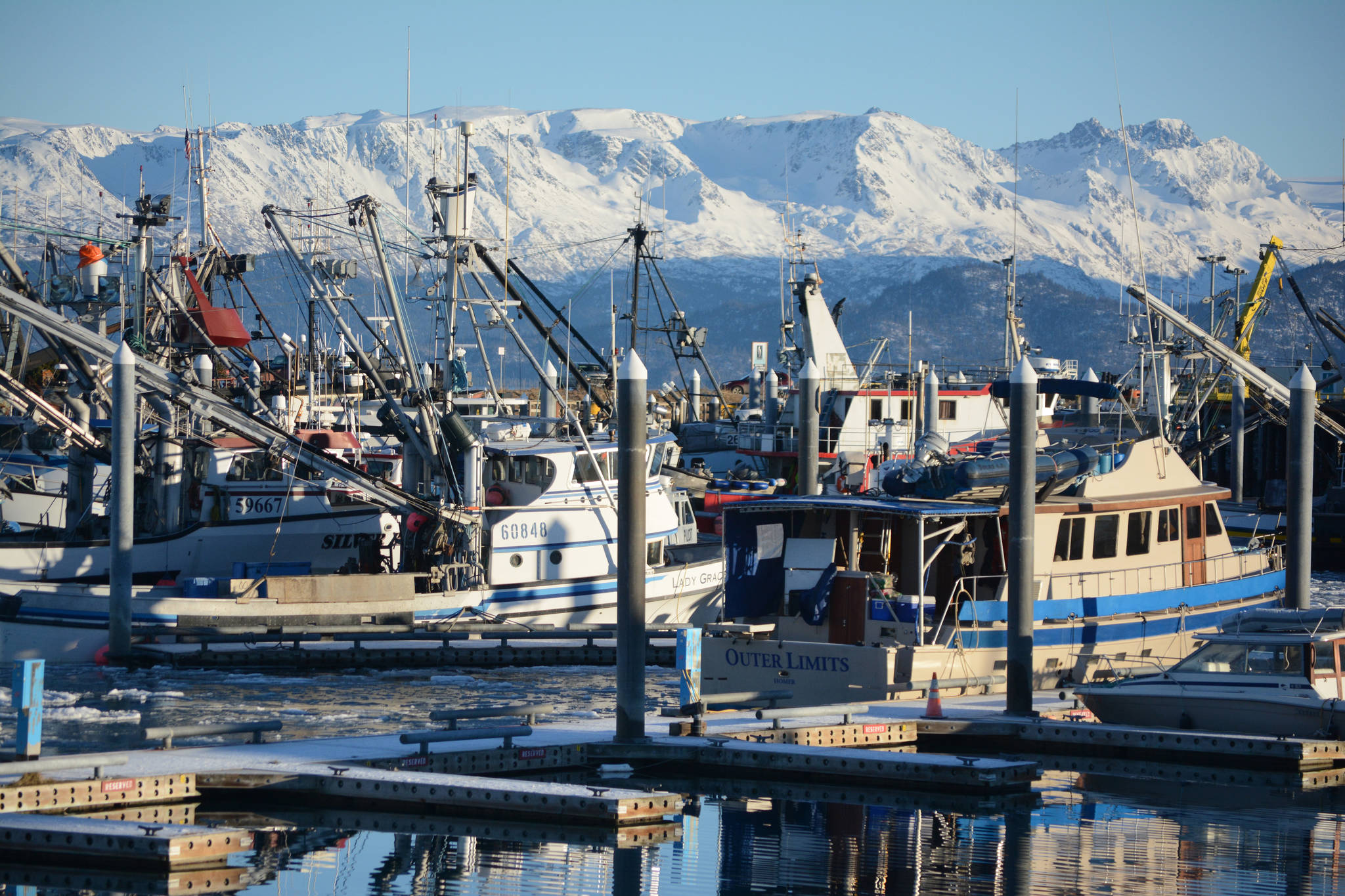Some Bristol Bay fishermen have been expressing anxiety about the ability of area processors to handle the huge sockeye run expected for this season, and the area’s largest marketing association hasn’t expressed the utmost confidence that processors will be able to handle the expected record run.
Bristol Bay is expected to see a return of as many as 75 million sockeye salmon and a possible harvest of 52 million fish if processors meet their goals.
That would compare to the 2021 previous record harvest of 40.4 million sockeye and a potential available harvest in 2022 of 60 million sockeye if processors are able to buy every available fish, a difference of 8 million or more sockeye, depending upon the actual return.
The Alaska Department of Fish and Game surveys processors every year about their anticipated processing capacity based on the projected run. For 2022, 15 major commercial processing companies responded, and for the first time in a long time responded by saying they would not likely be able to buy every fish available for delivery.
The last time commercial salmon fishermen in Bristol Bay were put on catch limits, meaning they could only offload so many pounds per day, was 2008, back when Sarah Palin was governor.
That was far before COVID-19 appeared on the horizon, which caused myriad marketing, workplace and supply-chain problems, some of which are still gumming up the works.
Some of those problems are hopefully being alleviated by the federal government issuing 35,000 additional H-2B visas for non-agricultural visas for tourism and fishing workplaces.
However, salmon prices have rebounded from pre-pandemic levels, and the Bristol Bay Regional Seafood Development Association estimates that the lost revenue from unharvested sockeye could be as much as $100 million, depending upon run timing.
“Foregone harvest can happen for several reasons, aside from processing capacity, but just for context, the value of the (theoretically available) 9.1 million sockeye that weren’t caught in Bristol Bay last year (2021) was approximately $75 million in ex-vessel terms, which would rank as the state’s third-largest salmon fishery (behind Bristol Bay and Prince William seine),” BBRSDA said on their website. “For the processor’s part, this is also a golden opportunity. Demand for Bristol Bay sockeye appears to be near an all-time high, at least in the modern era that includes large-scale farmed salmon production. All things considered, the sockeye pricing outlook is strong whether the harvest is 40 million, 50 million, or 60 million fish.”

